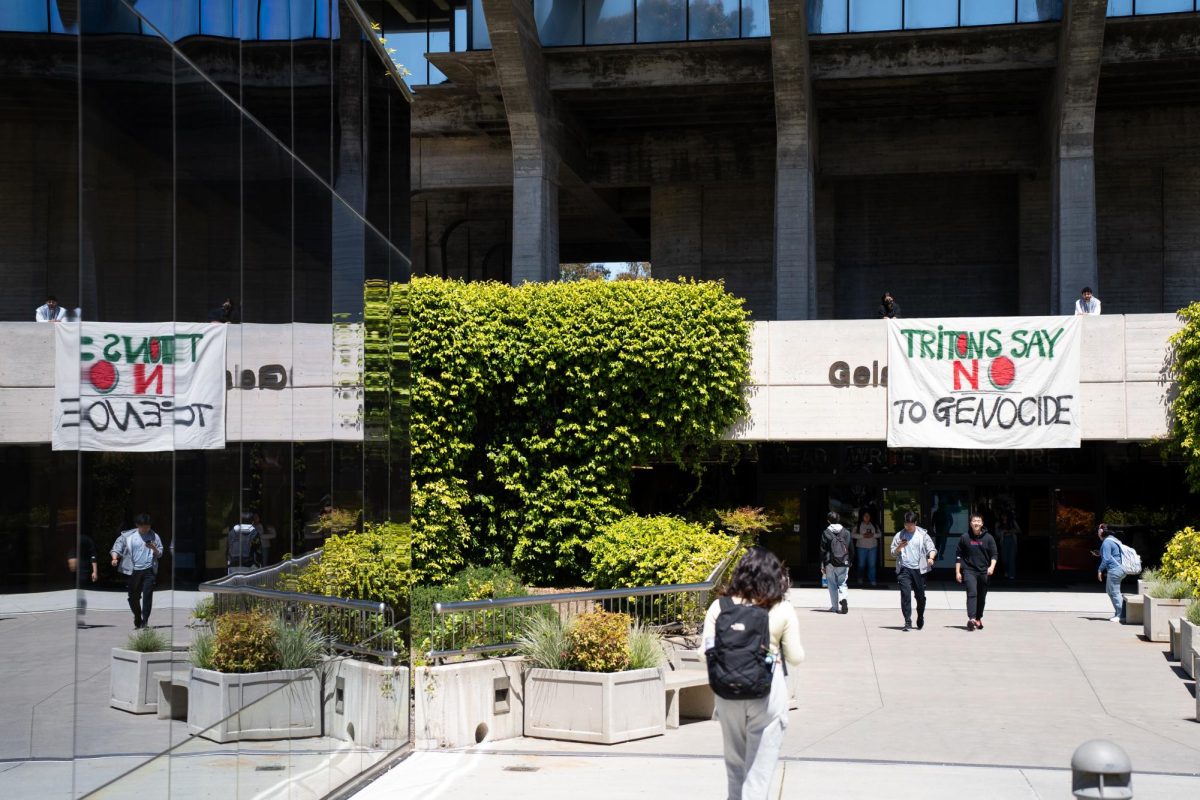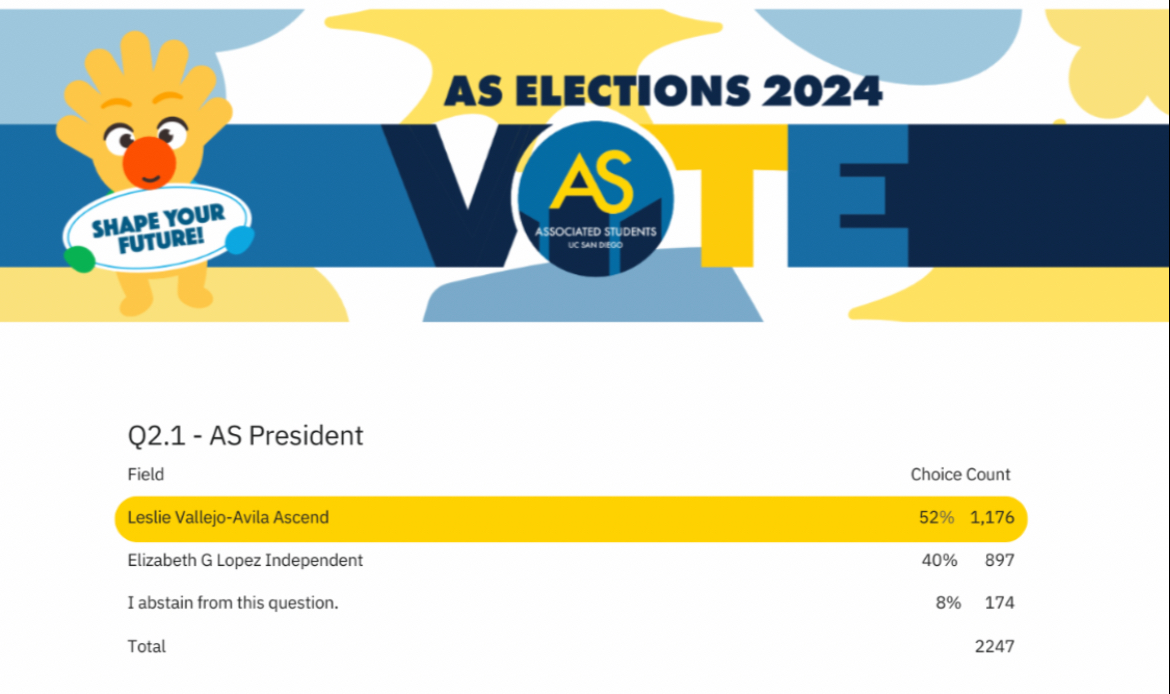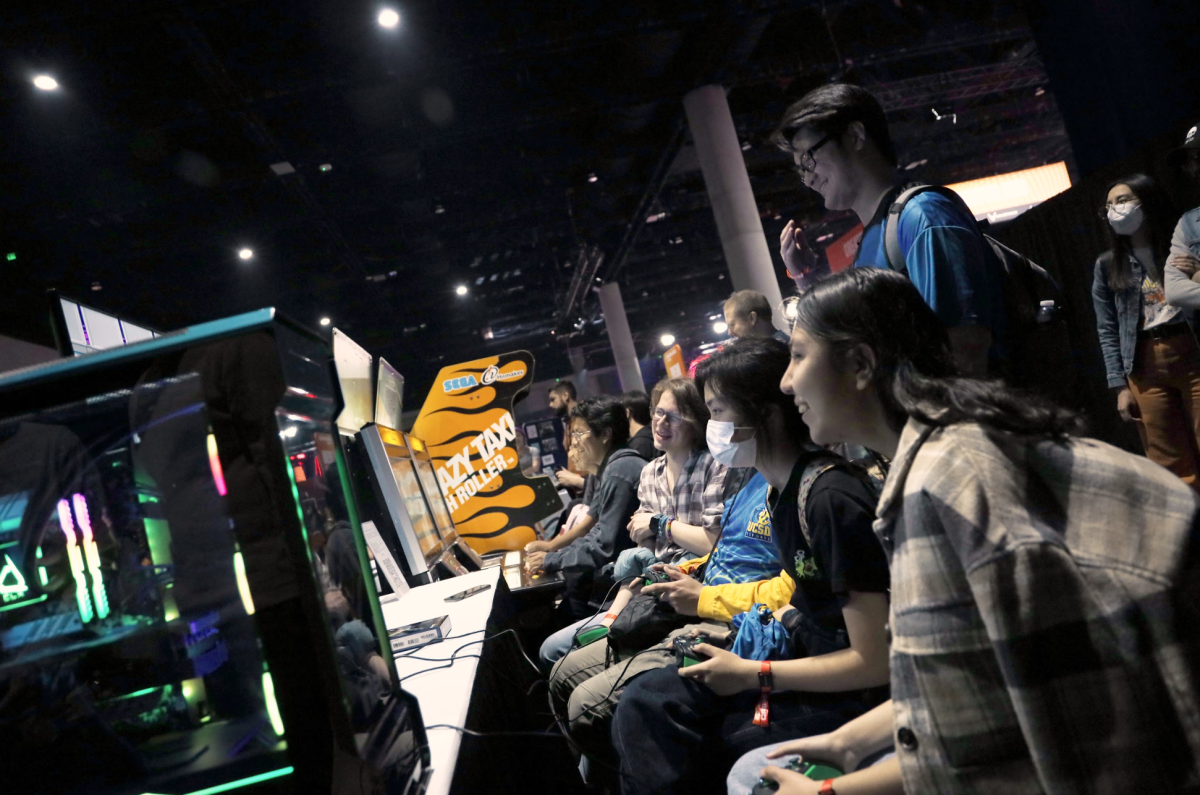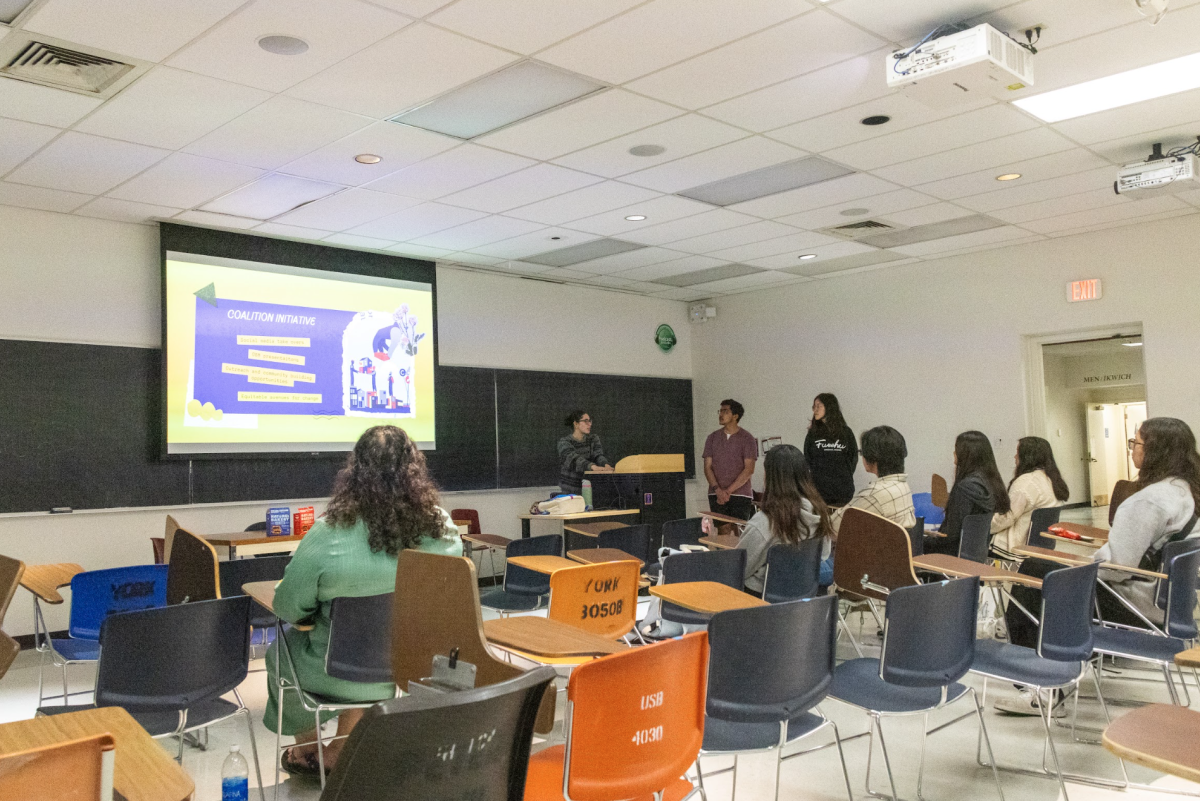Powered by power willing to come back to school, UC San Diego is open again for all to see. The sacrifices some students made to come back spotlight the mental health ramifications of coming back.
Classes are outside in large tents. Every student is wearing a mask. The brand new Seventh college replaces the pits of construction.
Amidsta topsy-turvy pandemic, UC San Diego opened up campus to welcome students back to school.
While the aesthetics are different compared to the way campus was pre-Covid, students all over the world are moving back into the area.
Students yet again are passing out flyers on Library Walk and sitting outside of Price Center to enjoy food. Geisel Library is buzzing with students attempting to get ahead on classwork or reconnect with former friends.
Student organizations are running around attempting to recruit people with posters all over campus.
For all of this action around campus to happen, students needed to come back.
While some students still have the ability to take their classes in remote fashion, many Tritons have left their homes, whether on campus or off campus, to participate in organizations or attend their in-person classes.
“I lived at home for most of last year,” Trung Hieu, a fourth year from Revelle college, told The UCSD Guardian. “I came back to be a part of certain organizations and attend some of my classes in person this year. It is definitely exciting to see the school be almost all the way back and see what has changed since I’ve been gone.”
Whatever their reasons for coming back, students’ mental health remains taxed . According to a survey done by Active Minds, “a nonprofit organization dedicated to raising mental health awareness among college students,” students as whole were impacted by the pandemic in various ways, with their overall health bearing the brunt of it.
“High percentages of respondents have experienced stress or anxiety (87.03 percent), disappointment or sadness (78.06 percent), or felt lonely or isolated (77.47 percent) during the pandemic,” reported Active Minds. “For many respondents, stress (84.25 percent), anxiety (82.35 percent), sadness (73.23 percent), and depression (60.7 percent) have all increased since the beginning of the pandemic.”
With students already struggling from the pandemic, returning to school has removed a potential source of comfort, being home.
Students who previously lived on or near campus had a sort of routine for everyday living, overcoming the initial adjustment period of leaving home. Being thrust home during the pandemic restarted the clock for some students, needing to readjust all over again.
“It’s been hard,” an anonymous student told The Guardian. “It sucks not being home. I was so used to logging into Zoom and then being around my parents, my dog, and all of my friends back home. I miss them a lot more than I did before the pandemic. Maybe it is because of everyone lost during the pandemic, but I find myself attached to them in a different way from the first time.”
The same student said that their overall mental health declined because of a constant desire to reach out back home. While they enjoy their time on campus, there is part of them that wishes to be back home.
The inner turmoil of this student is not the full extent of the connection people feel to their homes.
In the U.S., unemployment rates are high,with many people struggling to find a job to meet their financial needs. Business was lost in the pandemic along with parents draining their savings accounts. There may be feelings of guilt, as a Thurgood Marshall College senior explained.
“My situation at home is unstable, to say the least,” the student told The Guardian. “My parents both got sick which meant they could not work for a long period of time. This meant I had to work over the summer to help out and it was manageable because school was remote. Now that I’m back on campus, things are tough. My parents made me come back and not take the year off, but I feel bad even being here.”
Both students present the perspective of the many students and the challenges that have arisen from moving back to San Diego.
Apart from organizing their room, making sure they have transportation, and finding their way around new areas of campus, being away from their families can take a toll on them. When weighing their motivation to continue coming to school, the current job market does not help.
“I don’t even know what I am doing here,” a Roger Revelle College junior told The Guardian. “With so much competition for jobs from all of the students who graduated last year, but did not get a job, I am scared of not getting a job as soon as possible. I still have another year and I do not know if I want to keep going.”
Students are facing high amounts of uncertainty, uncomfortable, and overall taxation on their mental well-being as they return to campus. There is less comfort in a time of many unknowns along with a disconnection from home.
Along with the external factors weighing on students’ minds when deciding whether or not to come back to San Diego, many students are struggling to even find housing.
The waitlist for on-campus housing was up to 3,200 students this past July. On top of the high demand for on campus housing, landlords in San Diego are capitalizing on the demand for housing and raising prices. Rent increased by 8.4 percent over the summer, with many students looking to come back to the area.
Students who moved into the area this year have faced an unprecedented amount of mental and practical hurdles.
While some are adjusting without a hiccup, those who are struggling face plenty of doubt, concern, and overall unhappiness. Left unchecked, there is potential for these issues to grow.
There is, however, a role that the school could play in addressing these students’ mental health. Riya Gupta, a professor at J.C Bose University of Science and Technology, YMCA, Faridabad Haryana in India, recently published a study centered around college students’ mental health as schools reopen.
“Universities and colleges should organize interactions for students with seniors and peers to ensure positive interaction and develop resilience,” Gupta claims. “Special attention should be given to the arrangement of counselors whenever the need arises. Psychological symptoms should be addressed on time so that they can be prevented from converting into actual disorders such as stress, depression, and suicide. Group programs can be introduced for students dealing with psychological issues.”
All of the potential stressors already present at school, in combination with the stress about moving back to San Diego, makes the year all the more challenging for some returning students. Counseling or independent treatment are possible ways to address the mental strain that students are currently experiencing.
Ultimately, students are left needing to adjust. Non-first year Tritons are reliving their first week away from home from their first year all over again. This time, the circumstances could be more grim than the first. As the student from Revelle stated, there may be no other way to go about the school year, beside powering through.
“We all just just have to do this,” the previously mentioned junior from Revelle told The Guardian. “I know a lot of us are putting a lot on the line. We need to support each other and get through the year. I feel like once we get the ball rolling and adjust a little bit, things will get better. Life isn’t meant to be easy.”
Students can take the year off and extend their stay at home while giving them more time to get their affairs in order. Digital platforms like Zoom provide the ability to connect with people across the globe.
The largest potential resource for students could end up being the Counseling and Psychological Services (CAPS) provided to students at UCSD. Remote and in-person options provide students flexibility in terms of reaching out to the counseling service.
For those who feel left with no option, but to continue, a potential package of counseling services and long distance communication could bridge the gap between home and their home away from home.
The remote option available for most classes could give students the ability to stay home as well. Either the college experience is postponed or the student must face homesickness, both presenting a “Return to Learn” that feels like less of a comeback and more of a setback.
Art by Angela Liang for the UCSD Guardian.















Adam • Oct 19, 2021 at 10:42 pm
You are right, many have used relocation companies like https://easymovingcalgary.com/ since the beginning of the pandemic to move out of town, or closer to nature. But after that, many felt that more communication and society was needed for their mental health. I think the students felt something similar.